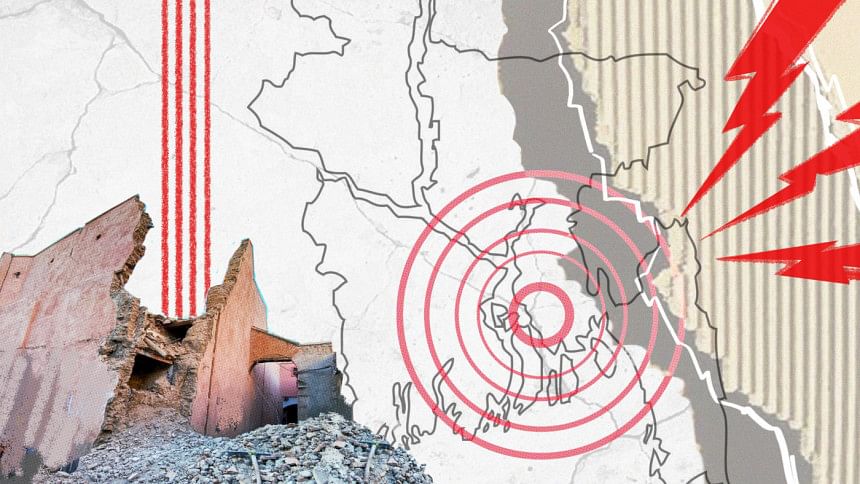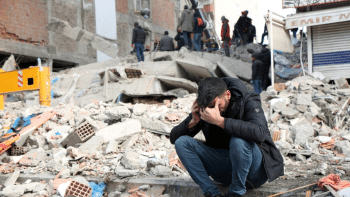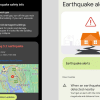Decoding the Ramganj earthquake: How vulnerable is Bangladesh?

On December 2, at approximately 9:35am, Bangladesh was rattled by a seismic event. According to both the Bangladesh Meteorological Department (BMD), the earthquake's magnitude was 5.6 on the Richter scale, and the epicentre was approximately 10km northeast of Lakshmipur's Ramganj upazila and 81km southeast of the capital. It occurred at a depth of around 38.5km, which falls under the classification of a deep crustal earthquake.
Interestingly, this type of seismic activity does not increase the risk of higher magnitude earthquakes but, in fact, diminishes the likelihood of such occurrences.
On the Modified Mercalli Intensity (MMI) scale, Ramganj earthquake fell in Category VI when it was measured in areas near Ramganj, while diminishing intensities were observed at greater distances from the epicentre: IV in Mymensingh and II to III in Rangpur. The intensity was about IV to V in different parts of Dhaka city; more shaking/intensity was reported from tall buildings and structures with weak foundations.
According to the scale, the intensity reaches VI if the tremor is strong and felt by all, with heavy furniture moving and plaster potentially coming off walls. Intensity III to IV marks weak and light shaking, felt quite noticeably, and vibrations quite similar to a passing truck. At high intensities (above VI), the shaking damages buildings.
No major casualties and damages were reported due to this earthquake. One of the notable reports was of 200 garment workers being injured while rushing down from a building in fear of the earthquake in Cumilla's Chauddagram upazila, adjacent to Dhaka-Chattogram highway. A police inspector from Ramganj said he was jolted out of sleep due to the shaking, which felt like a heavy weight falling on his bed. The area's UNO mentioned experiencing the tremors while he was in his vehicle.
Earthquakes usually occur when there is a fault in the subsurface, and movement along the fault releases energy suddenly in the form of seismic waves. Low- to moderate-scale earthquakes frequently occur in and around Bangladesh, as the country is situated close to two major seismic sources: Indo-Burman subduction belt in the east and the Dauki fault in the north.The December 2 earthquake was caused by the subduction of the Indian tectonic plate beneath the Burmese plate; the subduction front passes north-south through the central part of the country, including Dhaka city.
Many predict that an earthquake of magnitude 8 and above is likely to occur at any time in this area, while others say the release of energy through moderate- to low-magnitude earthquakes reduce the risk of potential major ones, while local geological features attenuate the energy released by the seismic events.
I, along with my team, conducted several studies and found that the majority of earthquakes occurring within Bangladesh are linked to both shallow and deep crustal structures. In geology, the shallow crust is less than 10km deep and composed of comparatively weak sedimentary rocks, while the deep crust is 10-40km deep and made up of igneous and metamorphic rocks. The highest magnitude a crustal earthquake can reach is 7.5, not more than that.
The Ramganj earthquake is a deep crustal one, and the greater Barishal and Chandpur/Cumilla region is marked by a gravity-high zone, where the crustal depth is comparatively low. And so, deep crustal earthquakes are likely to occur there. In this specific earthquake depth zone, several earthquakes were recorded previously.
Although no surface expression of the fault has been found where the earthquake occurred, a study I led for the Comprehensive Disaster Management Programme (CDMP) of the Ministry of Disaster Management found surface expression (fault scarp) of the Mainamati fault in Lalmai Hills of Cumilla to be in close proximity to the recent earthquake. Back then, detailed investigation was not possible as no geophysical surveys were conducted to evaluate the geometry, orientation and other subsurface aspects of the fault.
Shallow and deep crustal earthquakes are nothing new in Bangladesh. The 1918 Sreemangal earthquake of 7.3 magnitude, 1999 Moheshkhali 5.1 earthquake, 2003 Rangamati 5.7 earthquake, and the Dohar 4.3 earthquake this May are some examples of crustal earthquakes in Bangladesh. Analysing available data and geological insights, it can be inferred that the Ramganj earthquake is connected to the crustal structures of the vicinity. Therefore, there is no obvious reason for fear of any major earthquake of magnitude 8 and above.
However, to reduce the risk and damages from major earthquakes, it is necessary to raise awareness and strictly follow building codes during construction. There are numerous small faults that exist in the shallow and deep crust within Bangladesh. Previously, they were not considered to be earthquake-generating faults, but the Ramganj earthquake changed that idea. A comprehensive investigation of these small-scale crustal faults to evaluate earthquake vulnerability of the country is now necessary.
Prof Dr ASM Maksud Kamal is vice-chancellor of Dhaka University.
Views expressed in this article are the author's own.
Follow The Daily Star Opinion on Facebook for the latest opinions, commentaries and analyses by experts and professionals. To contribute your article or letter to The Daily Star Opinion, see our guidelines for submission.

 For all latest news, follow The Daily Star's Google News channel.
For all latest news, follow The Daily Star's Google News channel. 









Comments